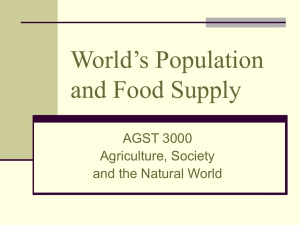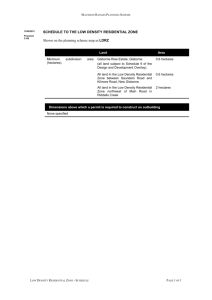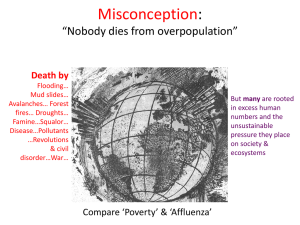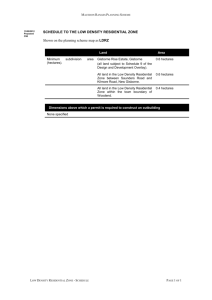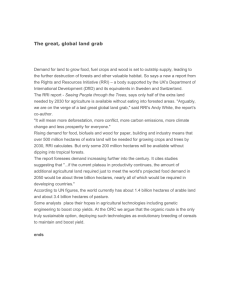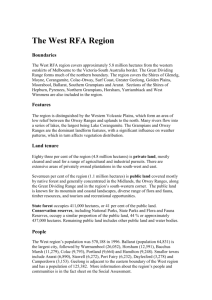Eco-Footprint Analysis
advertisement
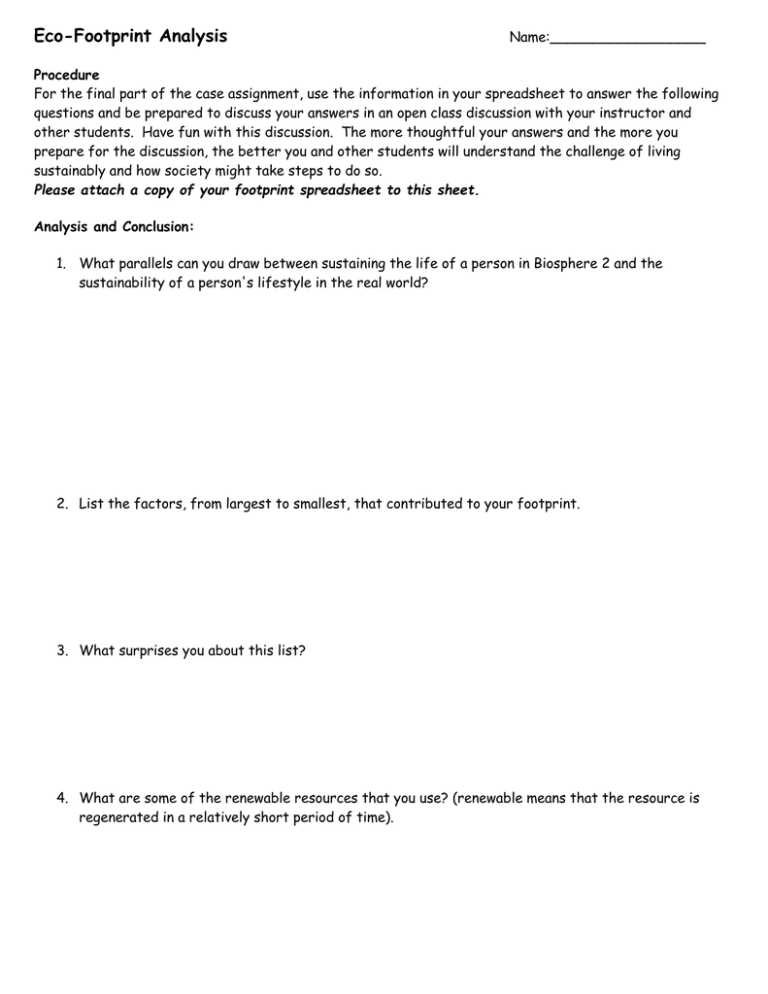
Eco-Footprint Analysis Name:__________________ Procedure For the final part of the case assignment, use the information in your spreadsheet to answer the following questions and be prepared to discuss your answers in an open class discussion with your instructor and other students. Have fun with this discussion. The more thoughtful your answers and the more you prepare for the discussion, the better you and other students will understand the challenge of living sustainably and how society might take steps to do so. Please attach a copy of your footprint spreadsheet to this sheet. Analysis and Conclusion: 1. What parallels can you draw between sustaining the life of a person in Biosphere 2 and the sustainability of a person's lifestyle in the real world? 2. List the factors, from largest to smallest, that contributed to your footprint. 3. What surprises you about this list? 4. What are some of the renewable resources that you use? (renewable means that the resource is regenerated in a relatively short period of time). 5. What are some of the non-renewable resources that you use? (non-renewable means that the resource is not regenerated in a relatively short amount of time, therefore, water in Arizona is non -renewable). 6. In terms of the amount of land required to maintain your lifestyle, where might you consider your lifestyle to be sustainable? Not sustainable? 7. What specific actions could you take to reduce your footprint? 8. If you were to take actions to reduce your footprint, in what ways would your lifestyle be fundamentally different? How realistic/achievable are these reductions? 9. How do you feel about the fact that the average footprint of a citizen in the United States is 4 to 10 hectares compared to the global average of 1.5 hectares? 10. Why do you think citizens of the U.S. have such a large foot print? 11. Should anything be done about it? If so, what? 12. What are the global consequences of being apathetic (not caring) about the question of sustainability? 13. Find the current world and U.S. populations on the following web site: http://www.census.gov/main/www/popclock.html 6. In eco-footprinting, 1 hectare of biologically productive space with world-average productivity. In 2002 the biosphere had 11.4 billion hectares of biologically productive space corresponding to roughly one quarter of the planet's surface. 1 hectare =2.47 acres (1 hectare = 100m x 100m = 10,000 m2 = two football fields side-by-side.These 11.4 billion hectares include 2 billion hectares of cropland, 3.5 billion hectares of grazing land, 3.8 billion hectares of forest land, 0.3 billion hectares of inland waters and 0.3 hectares of built-up land. One global hectare is therefore a hectare representing the average capacity of one of these 11.4 billion hectares. Thus a hectare of highly productive land represents more 'global hectares' than the same surface of less productive land. Global hectares allow the meaningful comparison of the ecological footprints of different countries, which use different qualities and mixes of cropland, grazing land, and forest. Comment on this statement by writing a paragraph about your impact and it’s affect on the globe in the future relative to population growth and land use.

